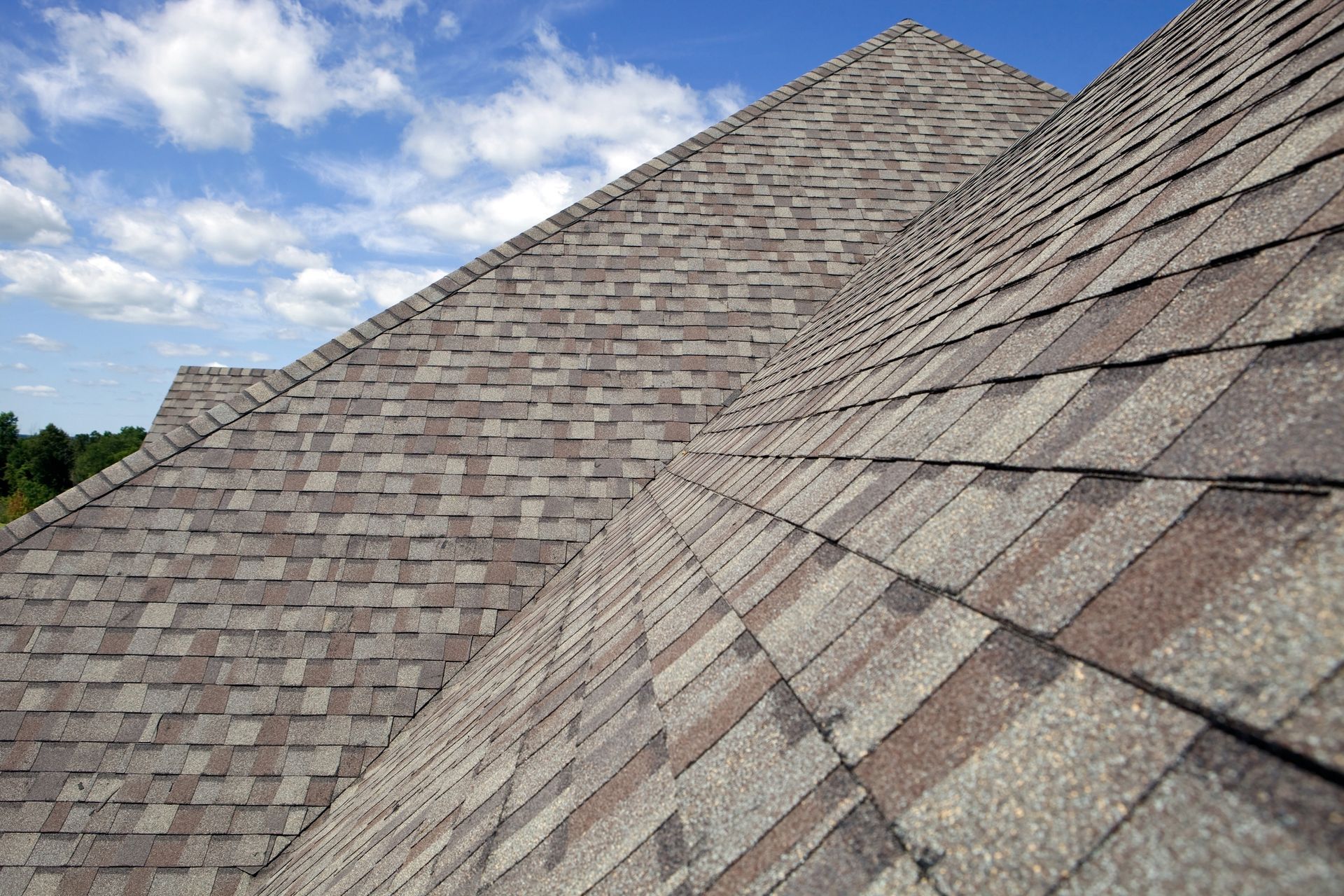Signs You May Have Roof Damage
Raleigh Roofers, LLC
- Missing or Damaged Shingles: High winds and flying debris during a storm can loosen or tear off shingles from your roof. Look for missing shingles or areas where shingles are cracked, curled, or broken.
- Dents or Dings on Metal Roofs: Hailstorms can cause dents or dings on metal roofs. Inspect your roof for any signs of indentation or damage, particularly on metal surfaces.
- Granule Loss: Asphalt shingles may lose granules after a storm, especially if there was heavy rain or hail. Check your gutters and downspouts for an accumulation of granules, as this can indicate damage to your roof.
- Leaks or Water Stains: Water stains on your ceiling or walls are clear indicators of a roof leak. After a storm, check your attic for signs of water infiltration, such as damp insulation, water stains, or dripping water.
- Clogged Gutters or Downspouts: Debris washed onto your roof during a storm can accumulate in gutters and downspouts, causing them to clog. Clogged gutters prevent proper drainage and can lead to water backup onto your roof, increasing the risk of damage.
- Loose or Damaged Flashing: Flashing around chimneys, vents, skylights, and other roof penetrations can become loose or damaged during a storm. Inspect flashing for signs of damage or displacement, as this can create entry points for water.
- Sagging or Buckling Roof Deck: Excessive weight from accumulated debris or water saturation can cause the roof deck to sag or buckle. If you notice any visible signs of sagging or buckling from the ground, it's essential to have your roof inspected by a professional.
- Interior Damage: After a storm, check your attic and interior ceilings for any signs of water damage, such as water stains, peeling paint, or sagging ceilings. Promptly addressing interior damage can help prevent further deterioration and mold growth.
- Increased Energy Bills: A damaged roof may compromise your home's energy efficiency, leading to increased heating or cooling costs. If you notice a significant spike in your energy bills after a storm, it could be a sign of roof damage allowing heat or cold air to escape.
- Visible Debris on Roof: After a storm, visually inspect your roof for any visible signs of debris, such as tree limbs, branches, or other foreign objects. Remove any debris carefully to prevent further damage to your roof and ensure proper drainage.
If you notice any of these signs of roof damage after a storm, it's essential to act quickly to assess the extent of the damage and schedule any necessary repairs. Ignoring roof damage can lead to more significant issues and costly repairs down the line. Contacting a professional roofing contractor for a thorough inspection and roof repair is the best course of action to ensure the safety and integrity of your home. Choose Raleigh Roofers, LLC in North Carolina for expert roof damage solutions, maintenance, and repair.
Contact us
today to learn more about our roofing services.
Want more information?
© 2024
| Raleigh Roofers, LLC | All Rights Reserved | Powered by Flypaper | Privacy Policy

